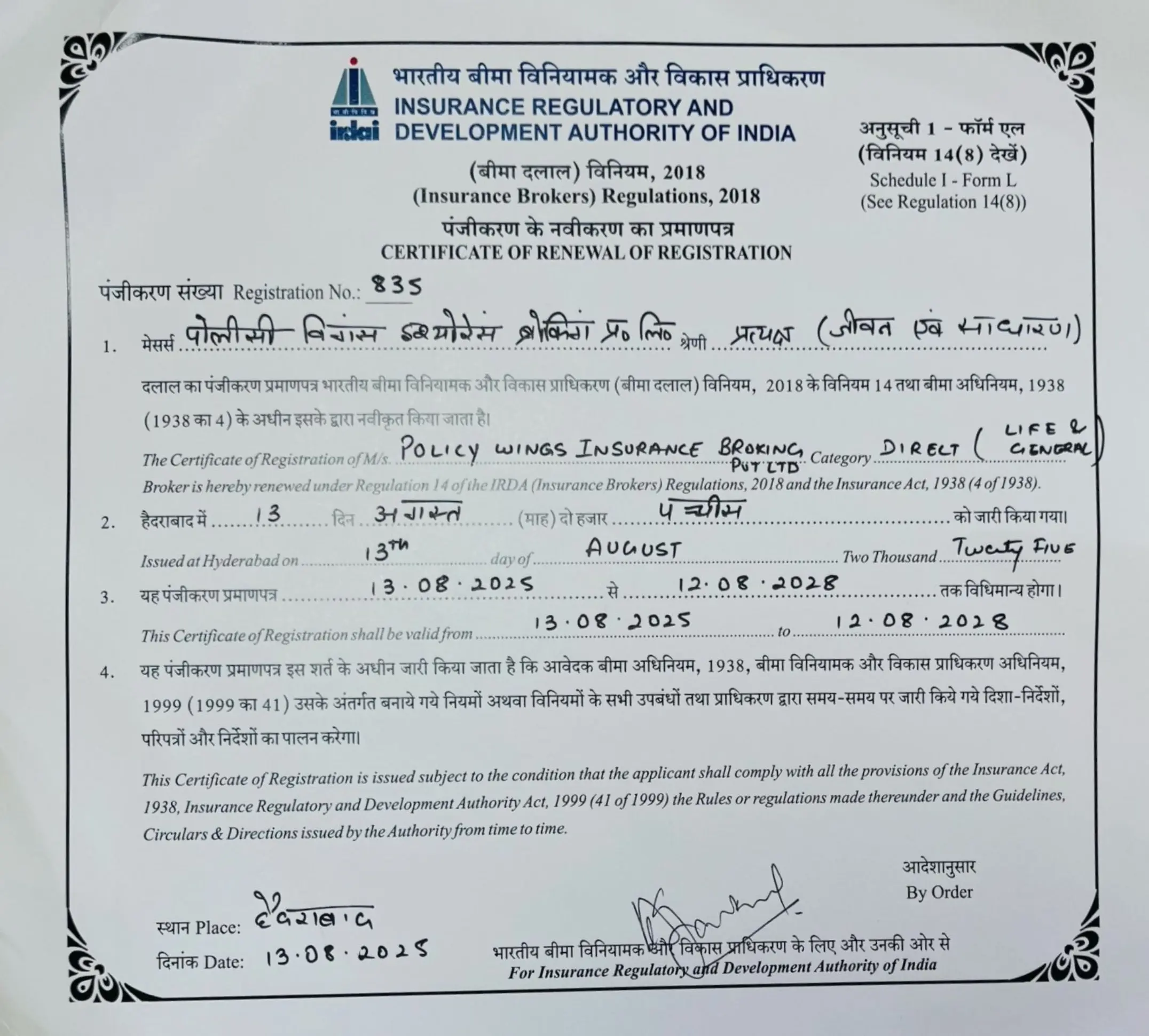How Business Interruption Insurance Can Save Your Company from Collapse?
Introduction A strong risk management plan must include both business interruption and loss of income insurance, which provide a safety net in case of unanticipated disruptions. Whether brought on by supply chain disruptions, legal closures, cyberattacks, or natural disasters, this coverage shields businesses from revenue loss and keeps things stable while they recover. Understanding Business Interruption Insurance When operations are halted because of covered events, business interruption insurance reimburses a company for lost revenue and additional costs. Standalone policies concentrate exclusively on the financial effects of operational stoppages, even though they are frequently an addition to property insurance. Usually covered are: Replacement of Gross Income: Makes up for money lost during the disruption. Payroll, utilities, and rent are examples of continuous commitments that are supported by fixed cost coverage. Extra Expense Coverage: Provides coverage for extra expenses (such as temporary relocation and emergency services) required to resume operations more quickly. This policy is income dependent, which means that the indemnity is correlated with actual business losses and necessary expenses, in contrast to other insurance types that pay fixed benefits. Legal and Regulatory Context in India Regulatory frameworks highlight the significance of business interruption insurance in industries such as banking, healthcare, and critical infrastructure, despite the fact that it is not required in India. The terms and issuance of such policies are governed by the Insurance Act of 1938 and IRDAI guidelines, which guarantee coverage standards and claims procedures. Furthermore, the principles of indemnity and loss mitigation are applicable under Sections 73 and 74 of the Indian Contract Act, 1872. Policyholders are required to minimise losses, properly document claims, and refrain from taking risks following a covered event. Why Companies Often Underestimate Its Importance When business stops, organisations usually concentrate on protecting their physical assets while ignoring the hidden financial strain. Long periods of downtime, however, can quickly deplete reserves and result in financial difficulties, supplier default, or even insolvency. This gap is filled by business interruption coverage, which aids in preserving liquidity during crucial times. Real World Lessons That Emphasize Its Value Natural Disasters: Businesses without this coverage frequently find themselves unable to cover operating costs in areas hit by earthquakes or floods, which can result in bankruptcy even if physical damage is repaired. Cyber and Systems Failures: Operations can be swiftly shut down by a ransomware attack or an extended IT outage. Such occurrences are usually not covered by standard property policies, which emphasises the necessity of specific interruption coverage catered to digital risks. Regulatory Shutdowns: Government mandated closures, like lockdowns for health emergencies or halts for environmental compliance, can severely reduce revenue. Companies with interruption insurance are better equipped to withstand mandated outages. Two startling facts emerge from these situations: insurance terms need to be exactly in line with business realities, and not having coverage is not just dangerous, it could be disastrous. Policy Design: Legal Considerations and Best Practices Clearly Define the Covered Events Cyberattacks, pandemic closures, and civil unrest may not be covered by standard policies. Indian companies are required to evaluate their risks and negotiate extensions, particularly with regard to “non-damage business interruption”, which refers to risks that do not entail physical harm. Establish Sufficient Coverage Duration Usually, indemnity periods last between 30 and 90 days, but more extensive coverage may be needed for complex recovery operations like facility reconstruction or data restoration. Businesses should negotiate adequate “extended indemnity periods” in accordance with industry standards and risk assessments. Make Sure Your Revenue Estimate Is Correct In order to determine lost income, insurers frequently need historical financial data. To substantiate claims and prevent disagreements, accurate documentation is crucial, including daily sales records, supplier contracts, and cost structures. Awareness of Exclusion Losses brought on by underinsurance, government action, or postponed maintenance may be excluded by many policies. To prevent rejection, legal teams should carefully review the terms, offer advice on any coverage gaps, and make sure that claims are started on time. Restore and Reduce Policyholders are required to take reasonable measures to quickly resume operations, such as using alternate locations, rerouting supply chains, or implementing temporary workarounds. Under Section 73 of the Indian Contract Act, courts have the authority to reject claims in cases where the loss could have been reasonably mitigated. The Financial Significance of Business Interruption Coverage Cash Flow Stabilisation: Even during extended pauses, the indemnity guarantees that operational commitments such as rent, loan repayments, and salaries are fulfilled. Stakeholder Assurance: Providing coverage to show resilience instills trust in lenders, suppliers, customers, and investors. Competitive Advantage After a Crisis: Companies that can bounce back fast tend to gain market share, recover more quickly, and come out stronger than their peers without insurance. Sector Specific Considerations Manufacturing and exporters should evaluate supply chain vulnerabilities and make sure that unreported losses aren’t caused by delayed shipments or damaged infrastructure. Retail and hospitality may experience abrupt declines in foot traffic or be forced to close. Continuity is ensured by coverage specific to business or physical interruption. IT and Digital Services: Data breach and digital downtime coverage are becoming more and more essential as cyber threats increase. Global Precedent: Singapore’s Circuit Breaker Case Businesses with “non-damage business interruption” policies were able to successfully claim losses even in the absence of physical damage during Singapore’s strict COVID-19 “circuit breaker” restrictions, while many others with inadequate wording were not covered. This demonstrates how the wording of policies can make or break indemnity outcomes in disruptions caused by the government. Conclusion Even though they are frequently disregarded, business interruption and loss of income insurance can literally mean the difference between surviving and failing when operations are interrupted. This coverage serves as a strategic shield, preserving long term resilience, preserving solvency, and safeguarding reputation. Companies can turn an insurance clause into a lifeline by carefully matching the policy wording with your business risks, making sure that the right paperwork is in place, negotiating suitable indemnity periods, and proactively managing loss.
How Business Interruption Insurance Can Save Your Company from Collapse? Read More »



